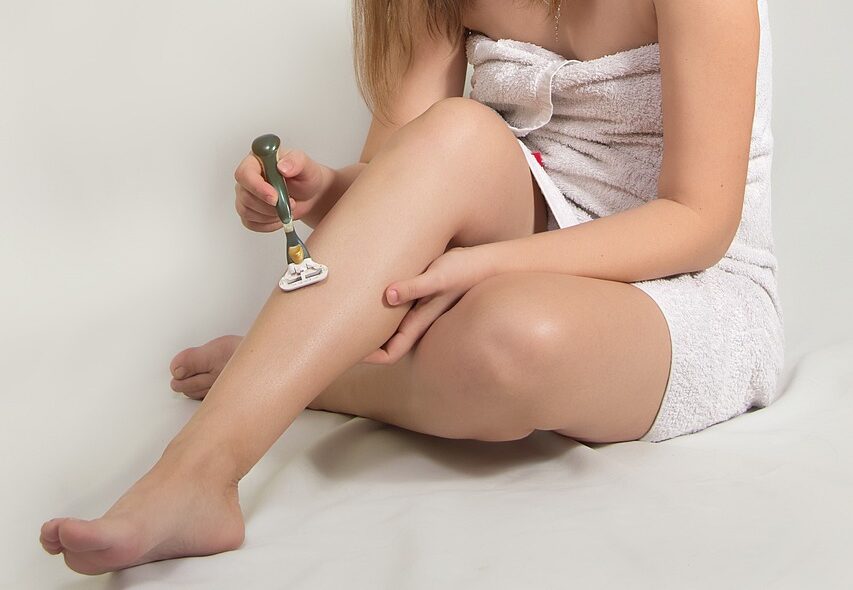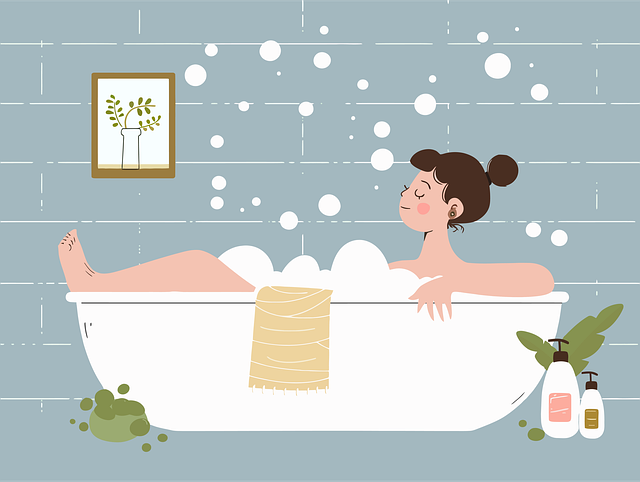Shaving the vulva is a common grooming choice, but it requires careful technique to avoid irritation, ingrown hairs, and rashes. With the right approach, tools, and aftercare, you can achieve a smooth, comfortable shave while keeping your skin healthy. This guide provides expert tips to prevent ingrown hairs and rashes, ensuring a safe shaving experience.
Essential Tools for Safe Vulva Shaving and Skin Care
Before you start, gather the right supplies to support a rash- and ingrown-free shave::
- A sharp, clean razor: Use a razor with multiple blades and a moisturizing strip. Replace blades after 4–5 uses to avoid dullness.
- Shaving cream or gel: Choose a fragrance-free, hypoallergenic product designed for sensitive skin.
- Exfoliating scrub: A gentle scrub to prevent clogged pores (optional).
- Clean towel: For drying and soothing the skin post-shave.
- Moisturizer: A fragrance-free, non-comedogenic lotion or oil (like coconut or aloe vera).
- Mirror: A handheld mirror helps with visibility in hard-to-see areas.
- Warm water: For prepping the skin and softening hair.
Step-by-Step Shaving Guide to Prevent Ingrown Hairs and Rashes
Follow these steps for a safe, effective shave:
1. Prep Your Skin ✂️🧼💦
- Trim long hair: Use scissors or ideally an electric trimmer to shorten hair to about ¼ inch. This prevents clogging the razor.
- Cleanse and soak: Wash the area with warm water and a gentle, fragrance-free cleanser to remove oils and bacteria, then soak in a warm shower or bath for 5–10 minutes to soften hair and open pores, making shaving easier.
- Exfoliate (optional): Gently exfoliate with a mild scrub or washcloth to remove dead skin and prevent ingrown hairs. Avoid harsh scrubs that can irritate.
2. Apply Shaving Cream 🧴
- Use a generous amount of fragrance-free shaving cream or gel. Apply it evenly over the area to create a protective barrier and reduce friction.
- Let it sit for 1–2 minutes to further soften the hair.
3. Shave with Precision to Prevent Ingrown Hairs and Razor Burn 🪒
- Use a sharp razor: A dull blade increases irritation and ingrown hairs. Rinse the razor after every stroke to keep it clean.
- Shave in the direction of hair growth: This reduces the risk of ingrown hairs and irritation. Avoid going against the grain, especially on sensitive areas.
- Go slow and steady: Use short, light strokes. Stretch the skin gently with your free hand for a smoother surface.
- Rinse frequently: Keep the razor clean to prevent buildup.
- Avoid multiple passes: Going over the same spot repeatedly can cause razor burn. One or two passes are enough.
4. Post-Shave Care 🧼
- Rinse thoroughly: Use cool water to close pores and remove residual cream or hair.
- Pat dry: Gently dry with a clean towel. Avoid rubbing, which can irritate the skin.
- Moisturize: Apply a fragrance-free moisturizer, aloe vera, or natural oil (like coconut or jojoba) to soothe and hydrate the skin.
- Avoid tight clothing: Wear loose, breathable underwear (preferably cotton) to reduce friction and allow the skin to breathe.
Vulva Shaving Tips to Prevent Ingrown Hairs and Rashes 🌟
- Exfoliate regularly: 2–3 times a week, use a gentle exfoliant or washcloth to prevent dead skin buildup, which can trap hairs.
- Don’t shave daily: Give your skin a break (every 3–7 days is ideal) to recover and reduce irritation.
- Use witch hazel or tea tree oil: These natural astringents can reduce inflammation and prevent ingrown hairs. Dilute tea tree oil with a carrier oil to avoid irritation.
- Avoid harsh products: Steer clear of scented soaps, lotions, or deodorants that can irritate freshly shaved skin.
Common Vulva Shaving Mistakes That Cause Ingrown Hairs and Rashes 🚫
- Using a dull razor: This increases nicks, irritation, and ingrown hairs.
- Shaving dry or with soap: Always use shaving cream or gel to protect the skin.
- Over-exfoliating: Too much scrubbing can cause microtears and irritation.
- Ignoring cuts: If you nick yourself, clean the area with antiseptic and apply a soothing balm to prevent infection.
- Shaving over irritated skin: Wait for redness or rashes to heal before shaving again.
Final Thoughts
Shaving your vulva can be safe and comfortable with the right preparation, tools, and aftercare. By prioritizing gentle products, proper technique, and consistent skin care, you can achieve a smooth result while minimizing rashes and ingrown hairs.
https://clitoralwellness.com/the-best-menstrual-cups-of-2025/
https://australian-bodycare.com/blogs/guides/intimate-shaving-for-women-gis?
https://acnecuring.com/protect-your-acne-prone-skin-before-going-to-the-beach/


